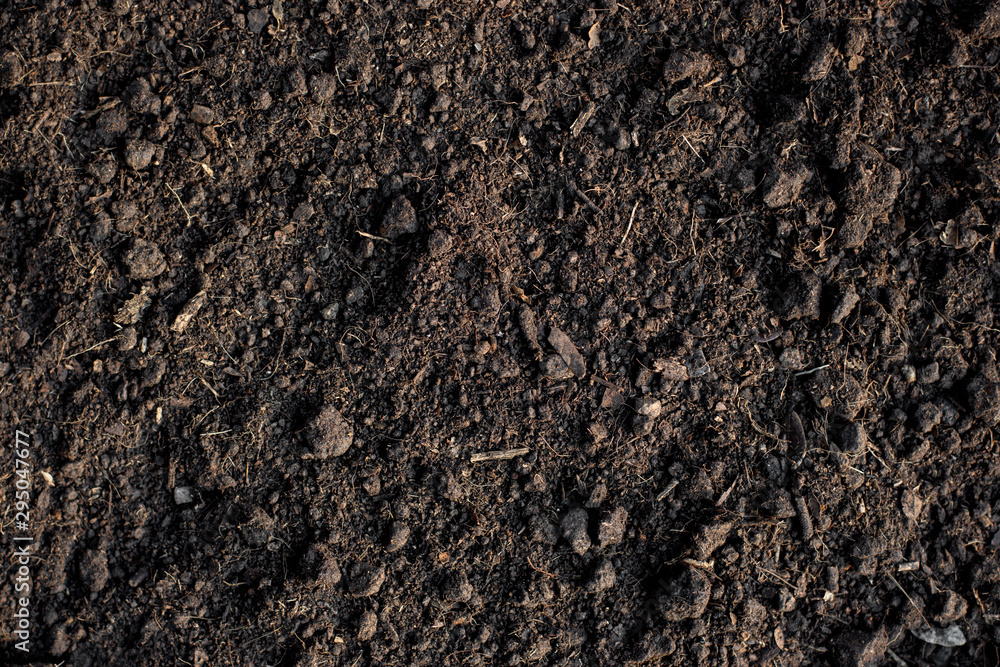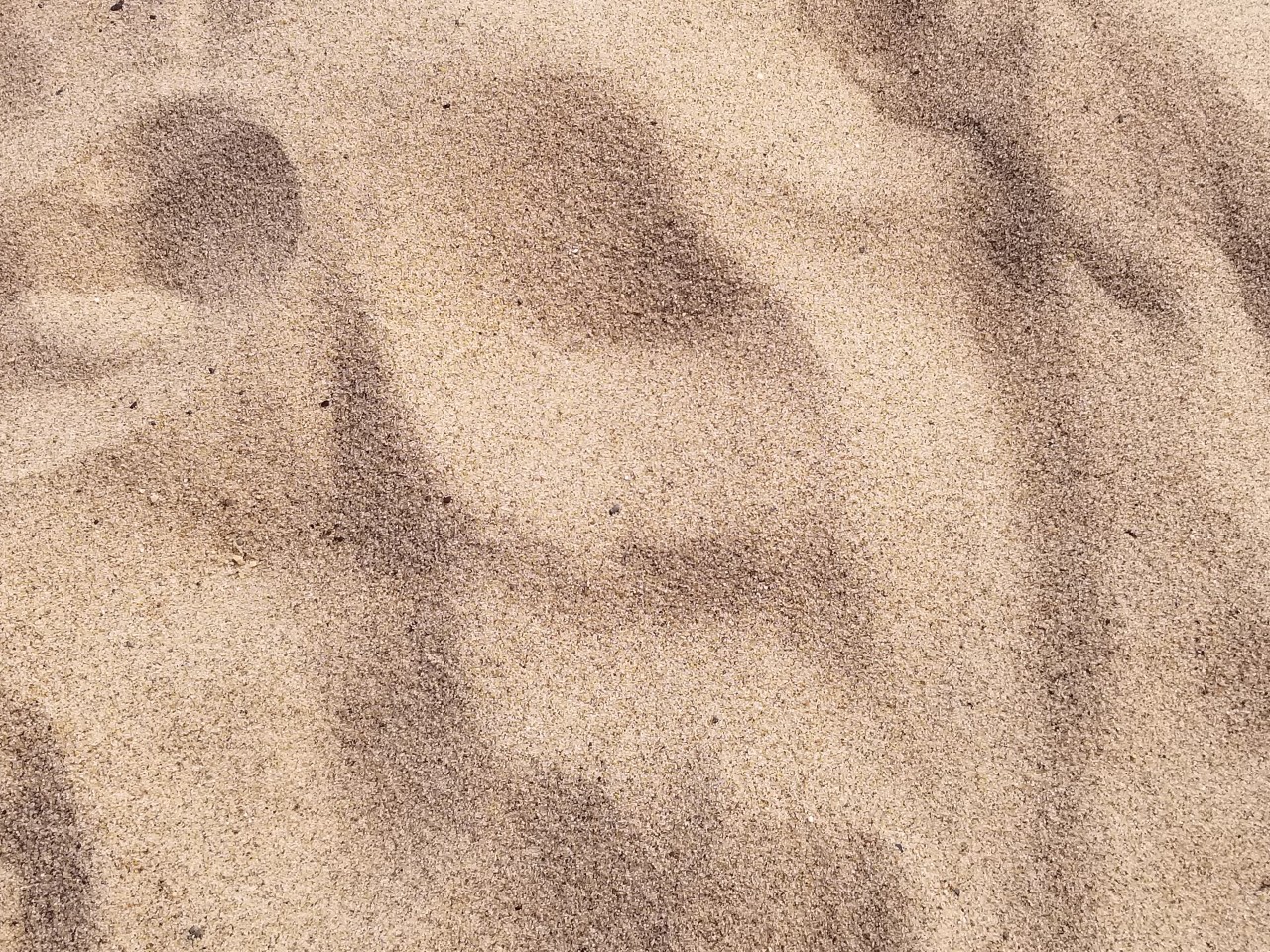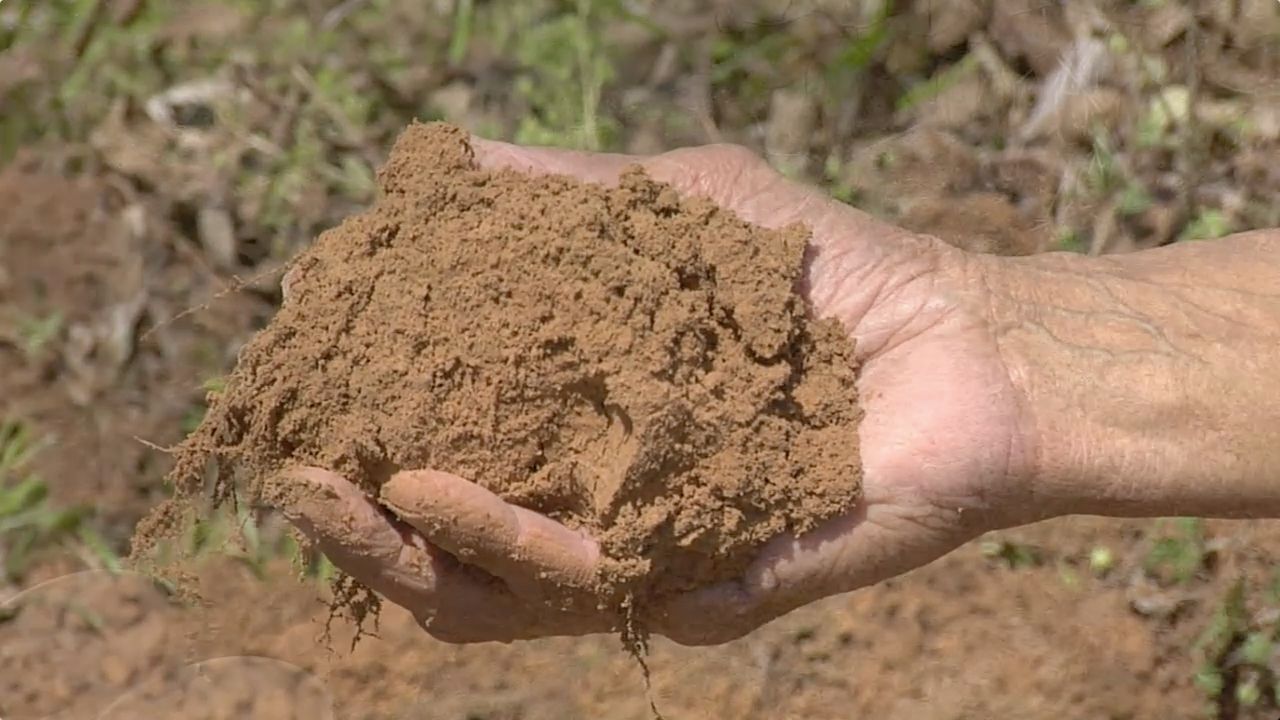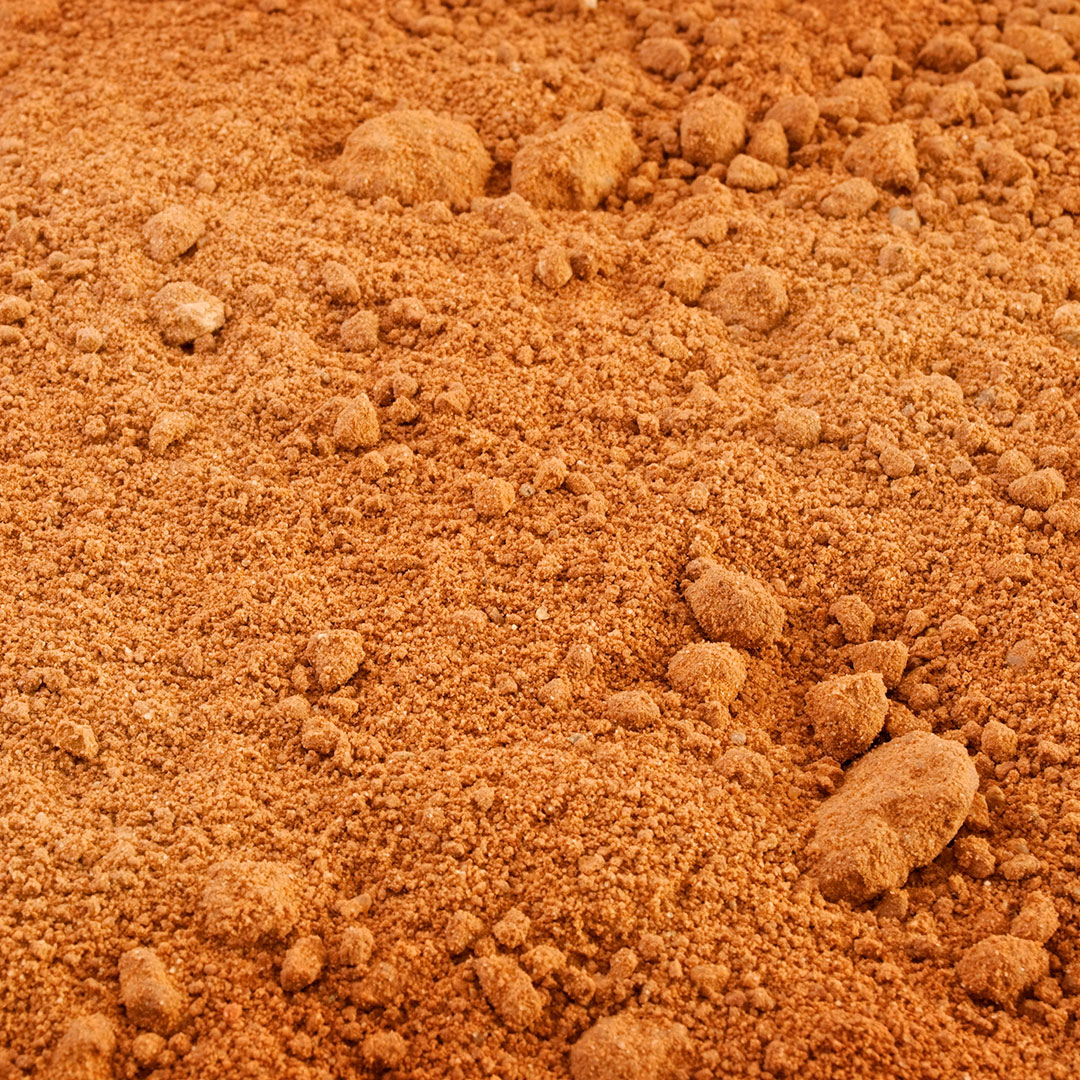Perhaps nothing is more therapeutic than digging in wonderful, dark, rich soil. Your shovel cuts easily down through the soft, crumbly soil and is wonderful.
Yet in a clay site, nothing may be more frustrating than trying to dig a hole in hard packed clay. You start getting into tough work, chipping away at the ground to just get very little from each subsequent shovel.
Or if you’ve lived on a site with deep “sugar-sand”, you’ve experienced the frustration of digging a foot or two deep, only to have the sides slide in and fill up what you just dug out. What should have been a nice wide hole is an inverted cone of sand.
After our recent rain and cold weather, I’m waiting on the sun to shine and the ground to dry out. At my place, I have some decent topsoil over red clay. This clay subsoil holds water, which is a benefit in the dryer times, but a soppy mess when there is too much rainfall.
Often, I’ll ask folks what kind of ground they have. Almost everyone responds that they have loamy soil.


Loam is the ideal combination of three soil types: sand, silt, and clay. According to soil science, the perfect loam soil is about 40% sand, 40% silt, and 20% clay. For those wishing to get deep into the subject, do an internet search for “soil triangle” and you can study the combinations of sand, silt, and clay to see how soils are classified.
Sand is obviously the largest of the trio. When you rub sand between your fingers, you can feel it. It is granular and valuable to a well-drained site. Think of your time on any sandy beach. Water doesn’t puddle up on it. When you build a sandcastle, you must be careful that you give it enough structure as it will dry out and topple over.

Silt is the mid-sized soil particle. If you have been barefooted at a creek and seen the silty soil squish up between your toes, you are very likely looking at silt. Silt is small enough to be carried by moving water but large enough in size to settle out when the water is still. As a result, many river bottoms that occasionally flood have good, silty soil. That old pond at your grandparents isn’t nearly as deep as it once was because it has silted in.

Clay the smallest soil particle. While I fuss about too much clay, it does a good job of giving structure to the soil and will hold nutrients on its surface for plants to utilize. Clay will stay suspended in water, sometimes indefinitely. You know that old muddy water pond that…. has always been muddy? That is from clay suspended in the water that won’t settle out.
For a simple home garden experiment to determine your soil’s composition, fill up a clear glass jar about half with your garden’s soil, then add water until it is nearly full. Shake vigorously and then let it set for hours, even overnight. You’ll see the proportions of sand, silt and clay as they settle out.
Sand will fall to the bottom almost immediately. Then there will be a layer of silt that will take much longer to settle. If left long enough, the clay will begin to settle out as well. What you’ll have at the end are the easily distinguishable three layers of minerals from your soil.
It is true that many folks in Angelina County do have a good loam topsoil. The real concern is the depth of the topsoil. There are places where it is several feet thick and we have sites where it may be only an inch or two deep.
If you are interested in learning more about your soil, what it is best suited for and how you can improve it, the Angelina County Extension office will host an evening seminar Building Your Soil’s Health on Tuesday, January 17. The free seminar will start at 6:30 pm at the Extension office at 2201 S. Medford Dr, Lufkin, Texas. Attendees will learn how soil health affects productivity of your garden, pastures, hay meadows, and landscape. Participants will learn about fundamental principles and applicable solutions for common soil problems will be given.








